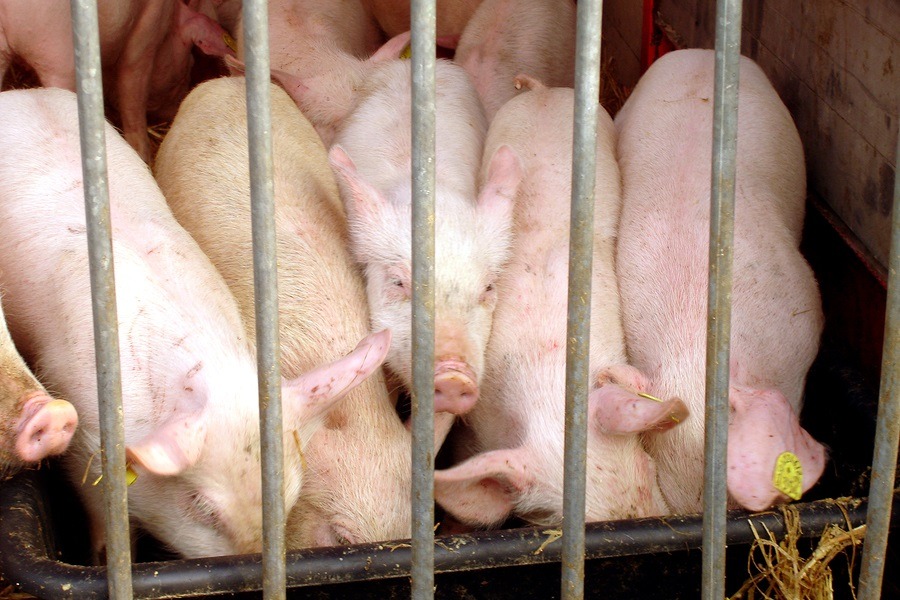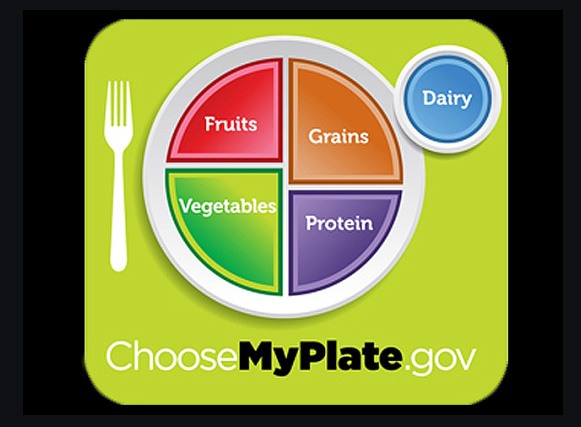Duke University Study: N.C. Residents Living Near Large Hog Farms Have Elevated Disease, Death Risks
Residents of communities near industrial-scale hog farms in North Carolina face an increased risk of potentially deadly diseases, Duke University scientists reported in a study released this week. Researchers found that compared to communities without big hog farms, in the communities with the highest hog farm density, there were 30 percent more deaths among patients with kidney disease, 50 percent more deaths among patients with anemia, and 130 percent more deaths among patients with a blood bacterial infection, called sepsis. The communities near the heaviest concentration of large hog farms also had a greater risk of infant mortality and lower birth weight.








